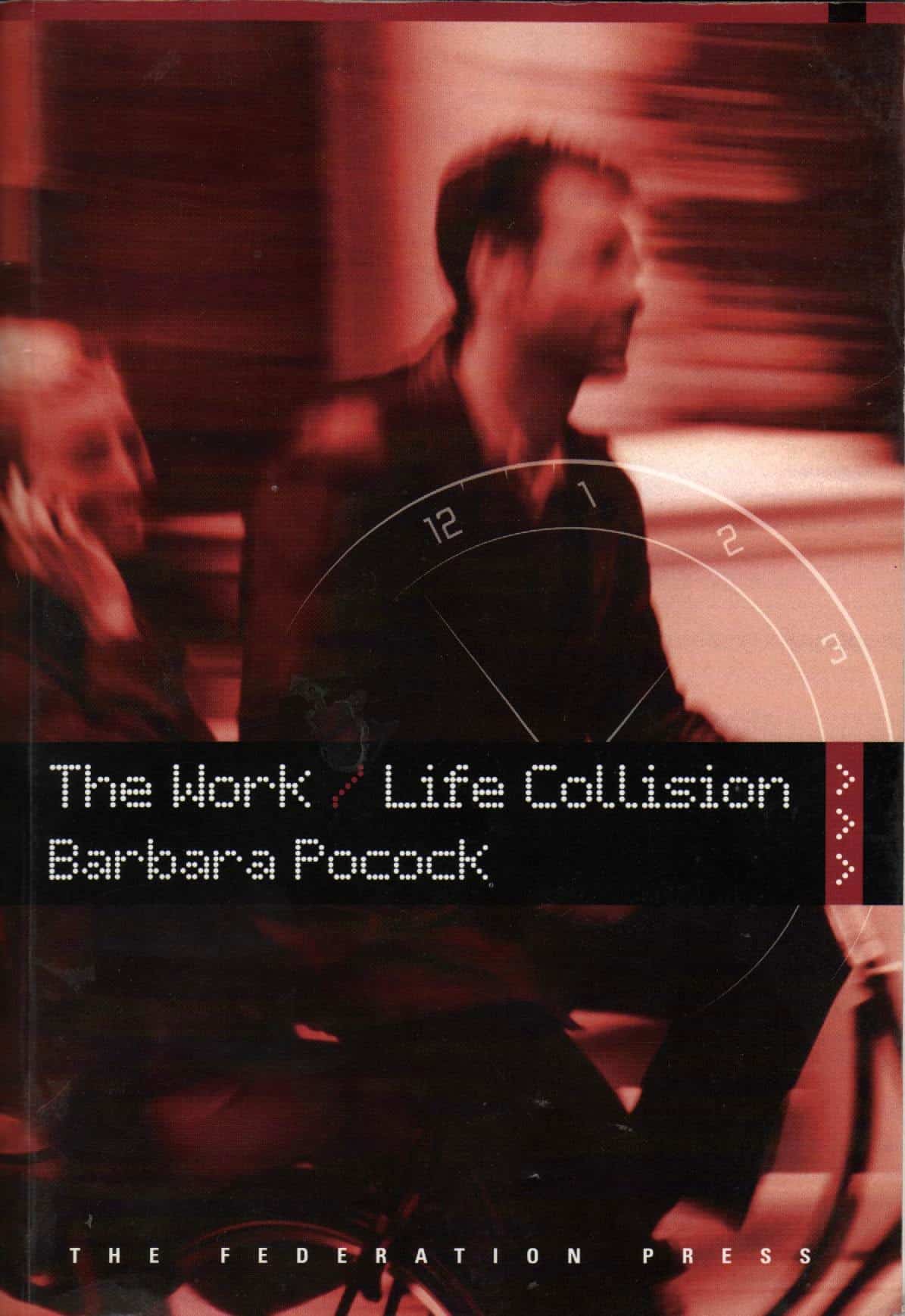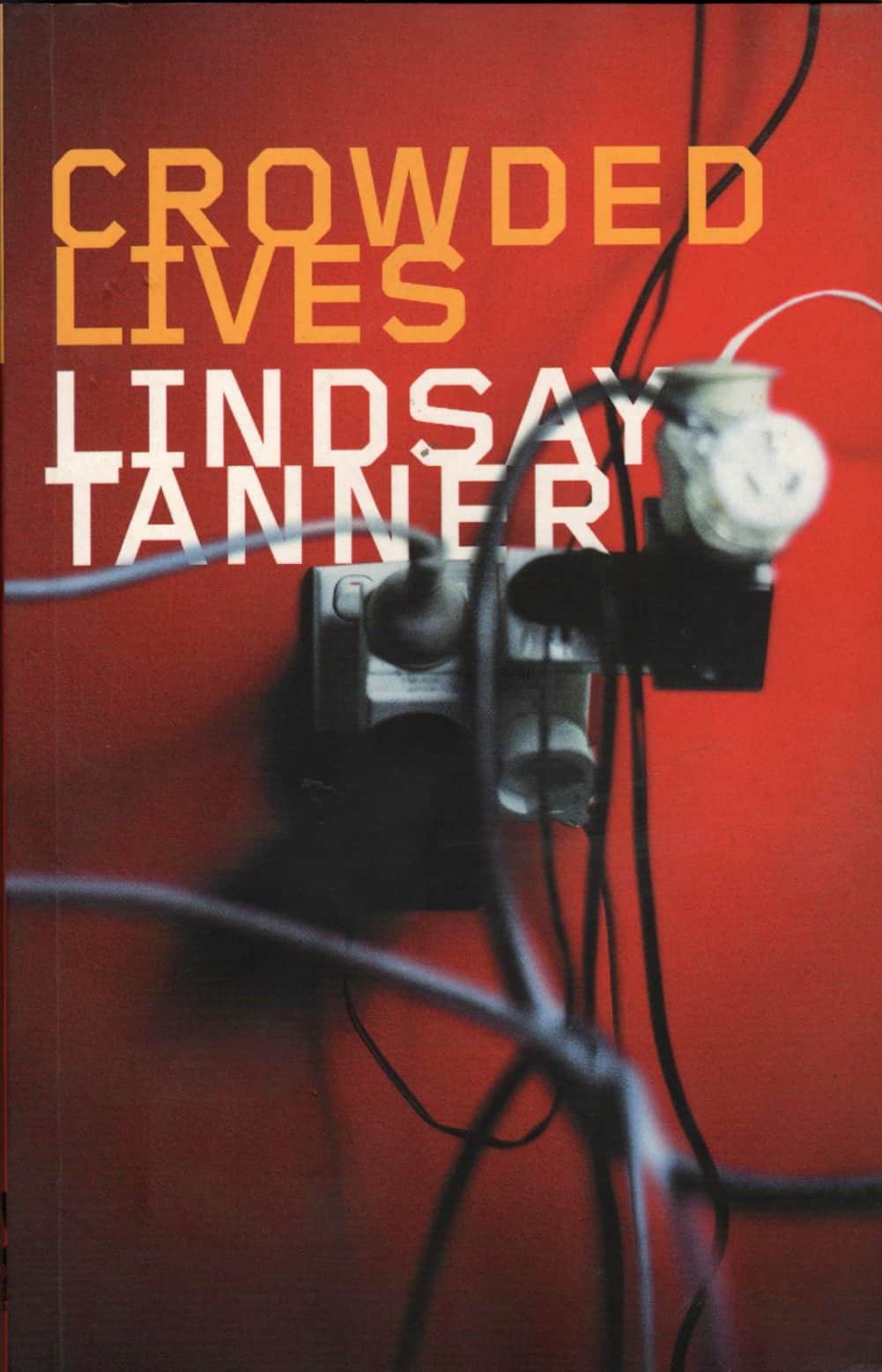 In yesterday’s article on Kerrin Rowan, mention was made of how important local community support is. A reader has drawn our attention to a front page article in the Plains Producer newspaper of 9 October 2008 (not available online)
In yesterday’s article on Kerrin Rowan, mention was made of how important local community support is. A reader has drawn our attention to a front page article in the Plains Producer newspaper of 9 October 2008 (not available online)
It reminded us of the significance local newspapers have in the rewarding the achievements of local citizens and that the front page article, inversely, illustrates how almost all daily metropolitan newspapers ignore OHS and RTW award winners. There seems to be no mention of Kerrin in the online site for The Adelaide Advertiser.
But then safety awards seem not to be newsworthy. Daily newspapers seem to see safety awards as a marketing tool and throws them all in the PR basket, even those worthy of greater attention. Kerrin’s story is one of the few exceptional rehabilitation stories and yet even with this level of “human interest”, such a story is ignored.
The newspapers are happy to receive the advertising revenue for a half page ad inserted by the OHS regulator congratulating the award winners but no one in the newspaper publishers seems to see any newsworthiness in the award winners.
Perhaps it is time for the OHS regulators to give up trying for the attention of the traditional media and go Web 2.0 with blogs, Twitter and Youtube. Although, SafetyAtWorkBlog would still be looking for the human interest. Recently we did not report on some OHS award winners for OHS management systems, principally because it is difficult to describe explain such a system in an article. What could be done is to report on the significance of the award for the winners but that does not assist readers with OHS solutions, one of the aims of our blog.
OHS people and blog readers like pictures and video. They like to use the technological capacity of the internet in a combination that traditional media cannot match. OHS regulators and award conveners could do more to support the newer media by a prompt turnaround in video or images from the awards night. These are already produced before, or on, the awards nights but often take over a week, if at all, to be accessible to the media. The new media and its readers want immediacy and immediacy allows the community to share in some of the exhilaration felt by the award winners. Topicality is tenuous.
Some OHS awards have been running for over ten years but still gain no traction in the metropolitan newspapers. Our advice is to embrace the new media and see where it leads.



 Work/life balance in Australia is skewed towards those workers who have young families or a role as a carer. This is due to work/life balance evolving from the feminist and social concepts of the 1970s and in response to the increased number of
Work/life balance in Australia is skewed towards those workers who have young families or a role as a carer. This is due to work/life balance evolving from the feminist and social concepts of the 1970s and in response to the increased number of 

